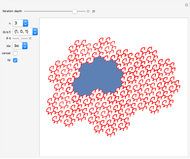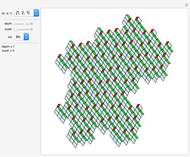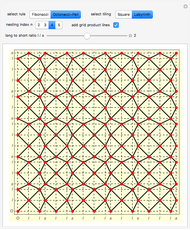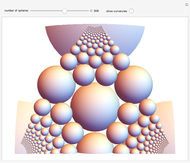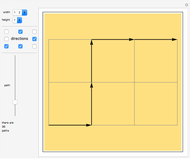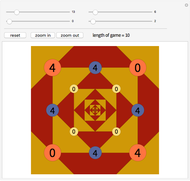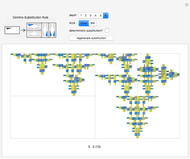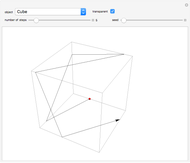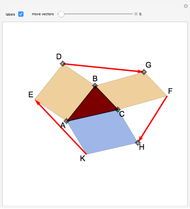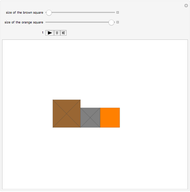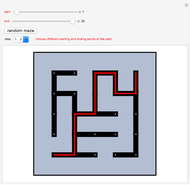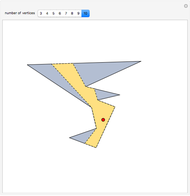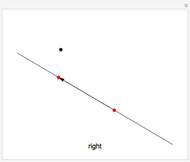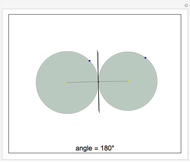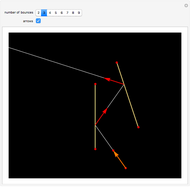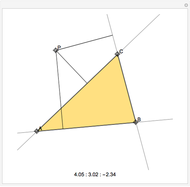Random Domino Tilings

Requires a Wolfram Notebook System
Interact on desktop, mobile and cloud with the free Wolfram Player or other Wolfram Language products.
Consider an  rectangle and rectangular tiles of size 1×2 (dominoes). A domino tiling of the rectangle is a placement of dominoes that covers the rectangle completely without overlaps. A tiling exists if and only if
rectangle and rectangular tiles of size 1×2 (dominoes). A domino tiling of the rectangle is a placement of dominoes that covers the rectangle completely without overlaps. A tiling exists if and only if  and
and  are not both odd, implying
are not both odd, implying  is even. One tiling can readily be found: suppose
is even. One tiling can readily be found: suppose  is even, place
is even, place  dominoes vertically in the first column and repeat for the next
dominoes vertically in the first column and repeat for the next  columns. This Demonstration generates random tilings of rectangles of chosen sizes and computes the total number of tilings possible.
columns. This Demonstration generates random tilings of rectangles of chosen sizes and computes the total number of tilings possible.
Contributed by: Jaime Rangel-Mondragon (July 2013)
Open content licensed under CC BY-NC-SA
Snapshots
Details
If  is the number of tilings of an
is the number of tilings of an  rectangle, it is easy to see that
rectangle, it is easy to see that  . As
. As  and
and  ,
,  is a Fibonacci number. The original motivation for tackling the tiling problem by dominoes (or dimers) was to provide a simple model to describe the thermodynamic behavior of fluids. The amazing formula for
is a Fibonacci number. The original motivation for tackling the tiling problem by dominoes (or dimers) was to provide a simple model to describe the thermodynamic behavior of fluids. The amazing formula for  was first obtained by Kasteleyn in 1961:
was first obtained by Kasteleyn in 1961:  , which is the formula used in this Demonstration.
, which is the formula used in this Demonstration.
References
[1] P. Kasteleyn, "The Statistics of Dimers on a Lattice I. The Number of Dimer Arrangements in a Quadratic Lattice," Physica, 27, 1961 pp. 1209–1225.
[2] R. Kenyon and A. Okounkov, "What Is...a Dimer?" Notices of the American Mathematical Society, 52(3), 2005 pp. 342–343.
Permanent Citation






